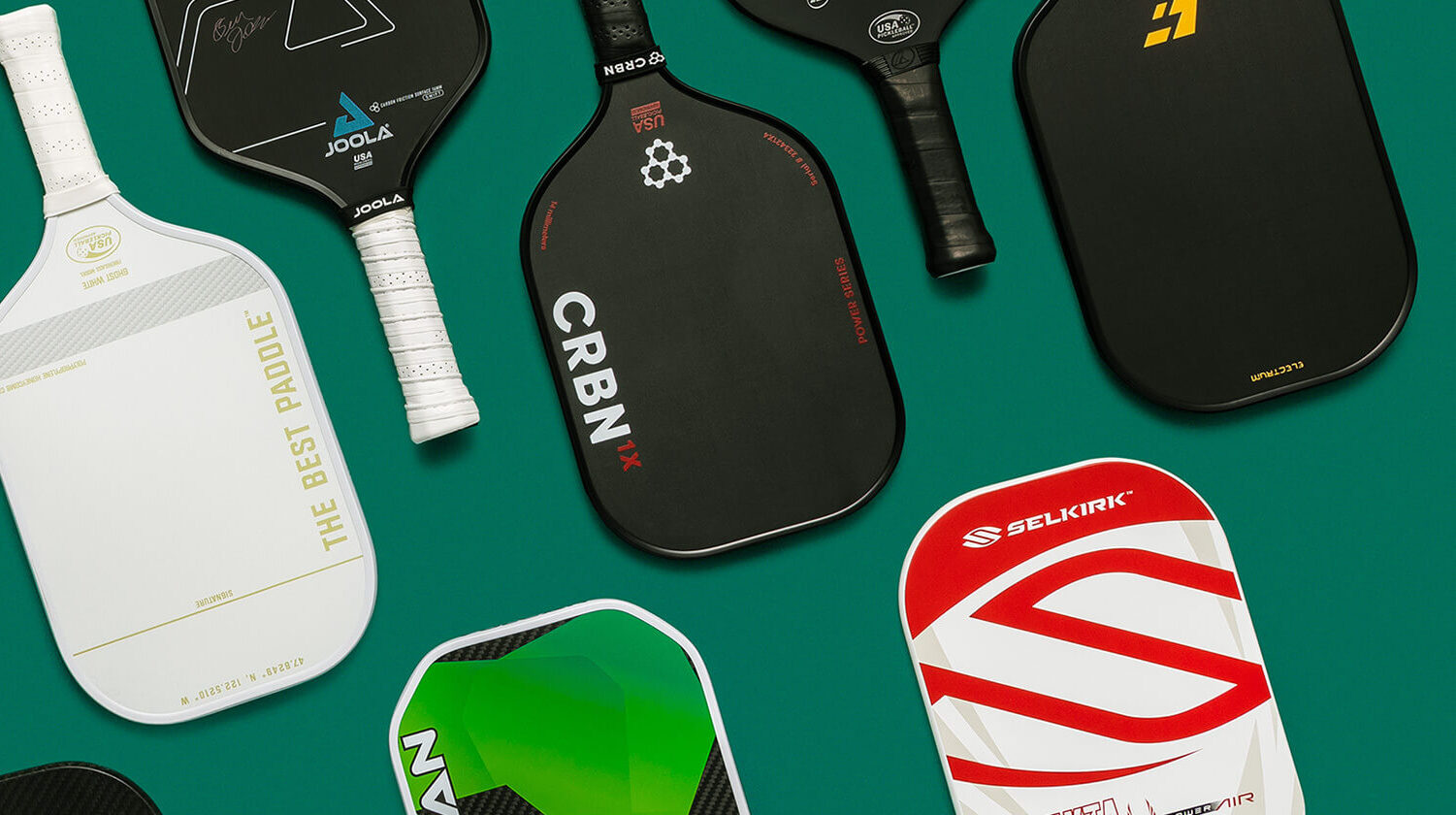To ensure fair play and maintain the integrity of the game, pickleball has specific rules governing the service. Understanding these rules is essential for both servers and receivers. In this article, we will break down the official service rules outlined in the USA Pickleball Rulebook (2023) to help you navigate the court with confidence.
Service Foot Faults
During the serve, the server’s feet must adhere to certain guidelines to avoid foot faults. Here are the key foot fault rules to remember:
- Sideline Extension: The server’s feet must not touch the area outside the imaginary extension of the sideline. Stepping beyond this boundary results in a foot fault.
- Centerline Extension: The server’s feet must not touch the area on the wrong side of the imaginary extension of the centerline. Crossing over to the wrong side of the centerline is considered a foot fault.
- Baseline: The server’s feet must not touch the court, including the baseline. Any contact with the baseline while serving is deemed a foot fault.
Service Faults
A service fault occurs when the server fails to comply with the rules during the service. Here are the different scenarios that constitute a service fault:
- Incorrect Serving Area: If the server serves from the wrong serving area, it results in a service fault and loss of serve.
- Incorrect Server: If the incorrect player serves the ball, violating the rotation order, it leads to a service fault.
- Ball Touches Permanent Object: If the served ball touches any permanent object before it hits the ground, it is considered a service fault.
- Server Interference: If the served ball touches the server, their partner, or any object they are wearing or holding, it is a service fault.
- Landing in Non-Volley Zone (NVZ): If the served ball lands in the non-volley zone, which includes the NVZ lines, it results in a service fault.
- Landing Outside Service Court: If the served ball lands outside the designated service court, it is a service fault.
- Net Violation: If the served ball hits the net and lands inside the non-volley zone, it is a service fault.
- Net Violation Outside Service Court: If the served ball hits the net and lands outside the service court, it constitutes a service fault.
- Illegal Serve: If the server uses an illegal serve while performing the Volley Serve or the Drop Serve, as explained in Rule 4.A.7 and 4.A.8 respectively, it results in a service fault.
- Timeout After Serve: If the server or their partner calls a timeout after the serve has occurred, it is considered a service fault.
- Serve During Score Call: If the server hits the ball to make the serve while the score is being called, it leads to a service fault.
Receiver Faults
Receiver faults occur when the receiving team fails to follow the rules after the serve. Here are the receiver fault scenarios:
- Incorrect Receiver: If the incorrect player returns the serve, deviating from the rotation order, it results in a fault, and the server earns a point.
- Receiver Interference: If the receiver or their partner is touched by or interferes with the flight of the ball before it bounces, it constitutes a fault, and the server is awarded a point.
- Timeout After Serve: If the receiver or their partner calls a timeout after the serve has occurred, it is considered a fault, and the server gains a point.
Understanding the fault rules in pickleball is crucial for players to compete fairly and enjoy the game. By familiarizing yourself with the service foot faults, service faults, and receiver faults, you can participate in pickleball matches with confidence and uphold the principles of the sport. So step onto the court, serve with precision, and embrace the exciting world of pickleball!

Leave a Reply